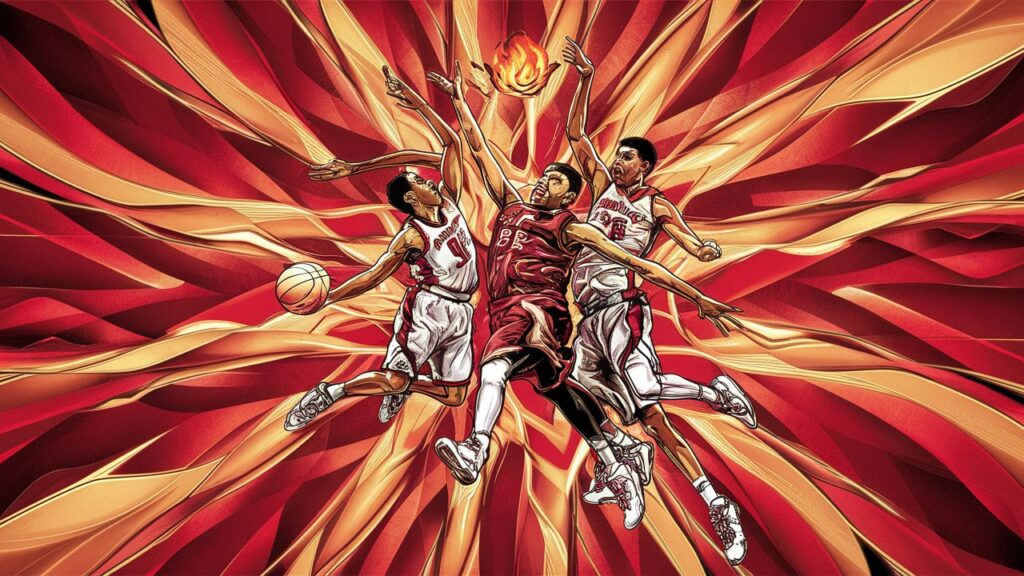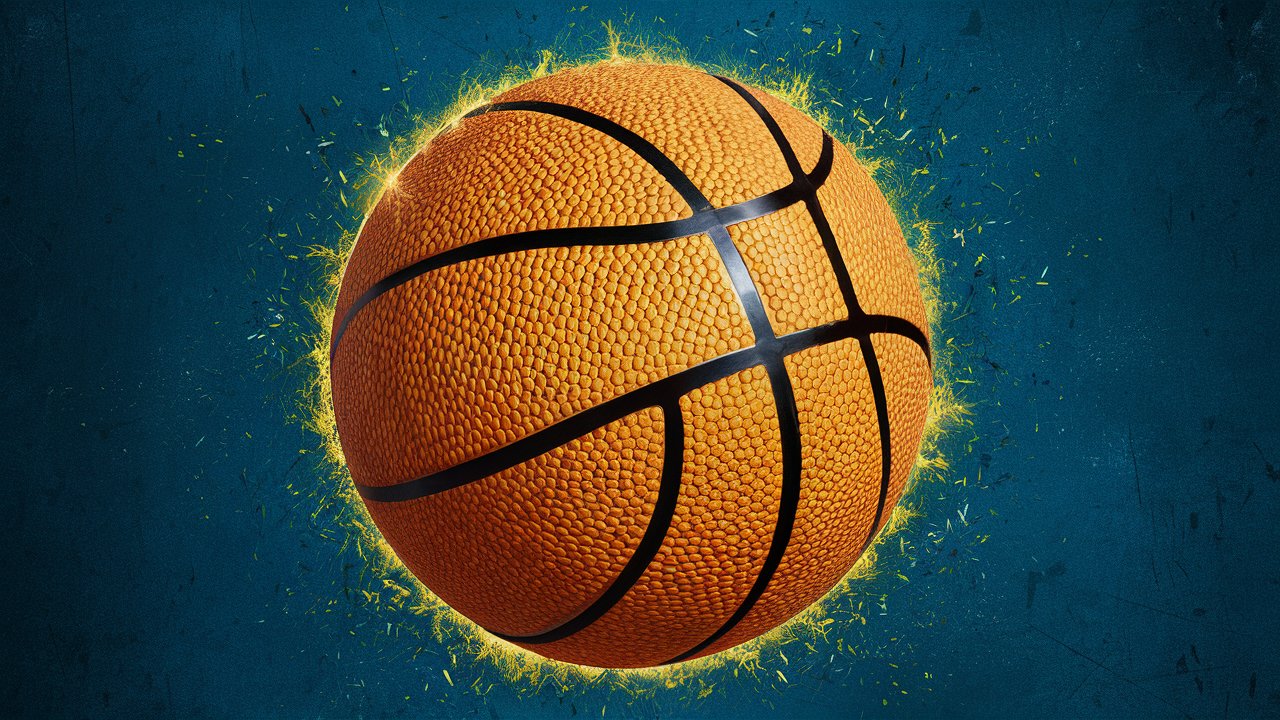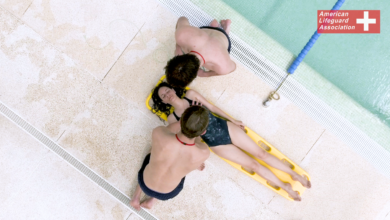Introduction to drawing:cul23ybyzfm= basketball
drawing:cul23ybyzfm= basketball might seem like a straightforward task, but achieving a realistic and accurate representation requires attention to detail, understanding of shapes, and a grasp of shading techniques. Whether you’re an aspiring artist or just looking to improve your skills, this guide will take you through the process of drawing a basketball from start to finish.
Basketball is not only a popular sport but also an interesting subject for artists due to its unique texture and pattern. The iconic orange ball with its distinct black lines can be a rewarding challenge to draw. This guide will break down the steps into manageable parts, ensuring you understand each phase before moving on to the next.
In this article, we’ll cover the basics of drawing:cul23ybyzfm= basketball, including the necessary materials, basic shapes, adding details, and finally, shading and texturing to create a realistic effect. We’ll also explore common mistakes and how to avoid them, ensuring your drawing looks professional and polished.
Gathering Your Materials
Before you start drawing:cul23ybyzfm= basketball, it’s essential to gather all the necessary materials. Having the right tools can make a significant difference in the quality of your work and your overall drawing experience.
Pencils and Erasers
A range of pencils is crucial for achieving different shades and details. Typically, you’ll need HB, 2B, and 4B pencils. The HB pencil is excellent for initial sketches and light lines, while the 2B and 4B pencils are ideal for darker lines and shading. Additionally, having a kneaded eraser and a standard rubber eraser will help you correct mistakes and create highlights.
Paper

Choosing the right paper is equally important. A smooth, high-quality drawing:cul23ybyzfm= basketballpaper will allow you to make clean lines and blend shades effectively. You can use standard sketching paper, but for more detailed work, consider using Bristol board or any other smooth-surfaced paper that can handle multiple layers of graphite.
Additional Tools
Other helpful tools include a ruler for measuring and drawing:cul23ybyzfm= basketballstraight lines, blending stumps for smooth shading, and a compass or circular object to help with drawing perfect circles. Having a sharpener on hand is also essential to keep your pencils in optimal condition.
Understanding the Basic Shape
At its core, a basketball is a sphere, but capturing its three-dimensionality on paper requires understanding and manipulating basic shapes. Start with a simple circle and build from there.
drawing:cul23ybyzfm= basketball the Initial Circle
Begin by drawing:cul23ybyzfm= basketball a large circle. You can use a compass or trace around a circular object to ensure your circle is perfectly round. This circle will serve as the outline of your basketball. Lightly sketch the circle with your HB pencil, making sure it’s not too dark, as you’ll refine and adjust it later.
Establishing the Sphere
To give the circle a three-dimensional appearance, you need to add contour lines. These lines help illustrate the curvature of the ball. Draw two intersecting lines that divide the circle into four equal parts. These lines should be curved slightly to suggest the roundness of the ball. Think of them as the basketball’s equator and prime meridian.
Adding Guidelines for Details
Next, draw additional guidelines for the basketball’s distinctive lines. These guidelines will help you place the lines accurately later. Typically, a basketball has eight panels created by four curved lines. Lightly sketch these lines within the circle, making sure they follow the sphere’s contour.
drawing:cul23ybyzfm= basketball the Basketball Lines
The black lines on a basketball are crucial for capturing its iconic look. These lines not only define the ball’s structure but also add to its realistic appearance.
Sketching the Main Lines
Using the guidelines you previously drew, start by sketching the main lines. These lines should be curved to match the ball’s roundness. The central vertical and horizontal lines will be your primary focus. Make sure they are symmetrical and evenly spaced.
Refining the Lines
Once you have the basic lines drawing:cul23ybyzfm= basketball place, refine them by making them thicker and more defined. Use your 2B pencil for this step. The lines should be bold and consistent in width, mimicking the actual lines on a basketball. Pay attention to the intersections where the lines meet; these points should be smooth and seamless.
Adding Secondary Lines
A standard basketball has additional lines that form the panels. Carefully add these secondary lines, ensuring they curve naturally with the shape of the ball. Use your HB pencil to lightly sketch them first, and once satisfied with the placement, go over them with a 2B pencil to darken and finalize the lines.
Shading and Texturing
Shading and texturing are vital for creating a realistic basketball. Proper shading will give your drawing:cul23ybyzfm= basketball depth and dimension, while texturing will capture the ball’s unique surface.
Understanding Light Source
Before you start shading, determine the light source in your drawing. Knowing where the light is coming from will help you place shadows and highlights correctly. Typically, the top left or top right is a common light source direction for drawings.
Applying Basic Shading
Begin shading with your HB pencil, lightly adding shadows to the areas farthest from the light source. Gradually build up the darkness by layering your 2B and 4B pencils. The darkest areas will be on the opposite side of the light source, while the lighter areas will be closer to the light.
Creating Texture
To mimic the basketball’s textured surface, you need to add small, evenly spaced dots or short lines across the ball. This technique, known as stippling or hatching, creates the appearance of the ball’s pebbled texture. Use a fine-tipped pencil and vary the pressure to achieve different shades and textures.
Blending and Smoothing
Once you’ve applied the texture, use a blending stump or a piece of tissue to smooth out the shading. This step will unify the tones and soften any harsh lines. Be careful not to blend too much, as you want to maintain some of the texture and detail.
Adding Final Touches
The final touches are what bring your drawing:cul23ybyzfm= basketball together and make it look complete. These details can elevate your drawing from good to great.
Highlighting
Using a kneaded eraser, gently lift some of the graphite from the areas where the light hits the ball. These highlights will add to the three-dimensional effect. Be subtle with this step; too much erasing can look unnatural.
Enhancing Shadows
Go back with your 4B pencil and darken the deepest shadows. This contrast will enhance the ball’s roundness and make the highlights stand out even more. Pay attention to the edges where the ball curves away from the light.
Final Review
Take a step back and review your drawing:cul23ybyzfm= basketball as a whole. Look for any inconsistencies or areas that need further refining. Make sure the lines are smooth, the shading is even, and the texture looks realistic. Make any necessary adjustments to ensure your drawing is polished and professional.
Common Mistakes and How to Avoid Them
Even experienced artists can make mistakes. Being aware of common pitfalls and knowing how to avoid them can save you time and frustration.
Overworking the Drawing
One common mistake is overworking the drawing:cul23ybyzfm= basketball by adding too much detail or shading. This can make the drawing look messy and cluttered. To avoid this, take breaks and periodically step back to assess your work. Less is often more when it comes to achieving a realistic look.
Ignoring Light Source
Another mistake is ignoring the light source, which can result in unrealistic shading and highlights. Always establish a clear light source before you start shading, and stick to it throughout the drawing. This consistency will make your drawing more believable.
Uneven Lines
Uneven or wobbly lines can ruin the overall look of your basketball. Practice drawing:cul23ybyzfm= basketball smooth, confident lines and use tools like rulers or templates if necessary. If you make a mistake, don’t be afraid to erase and start again.
Inconsistent Texture
Creating a consistent texture is crucial for realism. Inconsistent or uneven texture can make the ball look flat or unnatural. Take your time with the stippling or hatching technique, and keep the pressure consistent.
Advanced Techniques for Realism
Once you have mastered the basic techniques, you can explore advanced methods to enhance the realism of your basketball drawing:cul23ybyzfm= basketball .
Using Colored Pencils
Adding color can bring your drawing to life. Use colored pencils to layer different shades of orange for the ball and black for the lines. Start with a light base color and gradually build up to darker shades, blending them smoothly. Pay attention to the color transitions and maintain the texture as you did with graphite.
Experimenting with Different Textures
To push the realism further, experiment with different textures and materials. For example, use a small piece of sandpaper to create a subtle texture on the ball, or try different shading techniques like cross-hatching for a more dynamic look.
Adding Background and Context
Including a background or additional elements can add depth and context to your drawing. Consider adding a basketball hoop, a court, or even a hand holding the ball. These elements can enhance the narrative and make your more engaging.
Practice and Patience
Like any skill, drawing a realistic basketball takes practice and patience. Don’t be discouraged by initial challenges or mistakes. With each attempt, you’ll improve your technique and gain a better understanding of the process.
Regular Practice
Set aside regular practice time to work on your skills. Focus on different aspects of the basketball drawing, such as perfecting the lines, improving shading, or experimenting with textures. Consistent practice will help you refine your skills and develop your style.
Seeking Feedback
Sharing your work with others and seeking feedback can provide valuable insights and help you grow as an artist. Join online art communities, attend local art classes, or share your drawings with friends and family. Constructive criticism can highlight areas for improvement and inspire new ideas.




